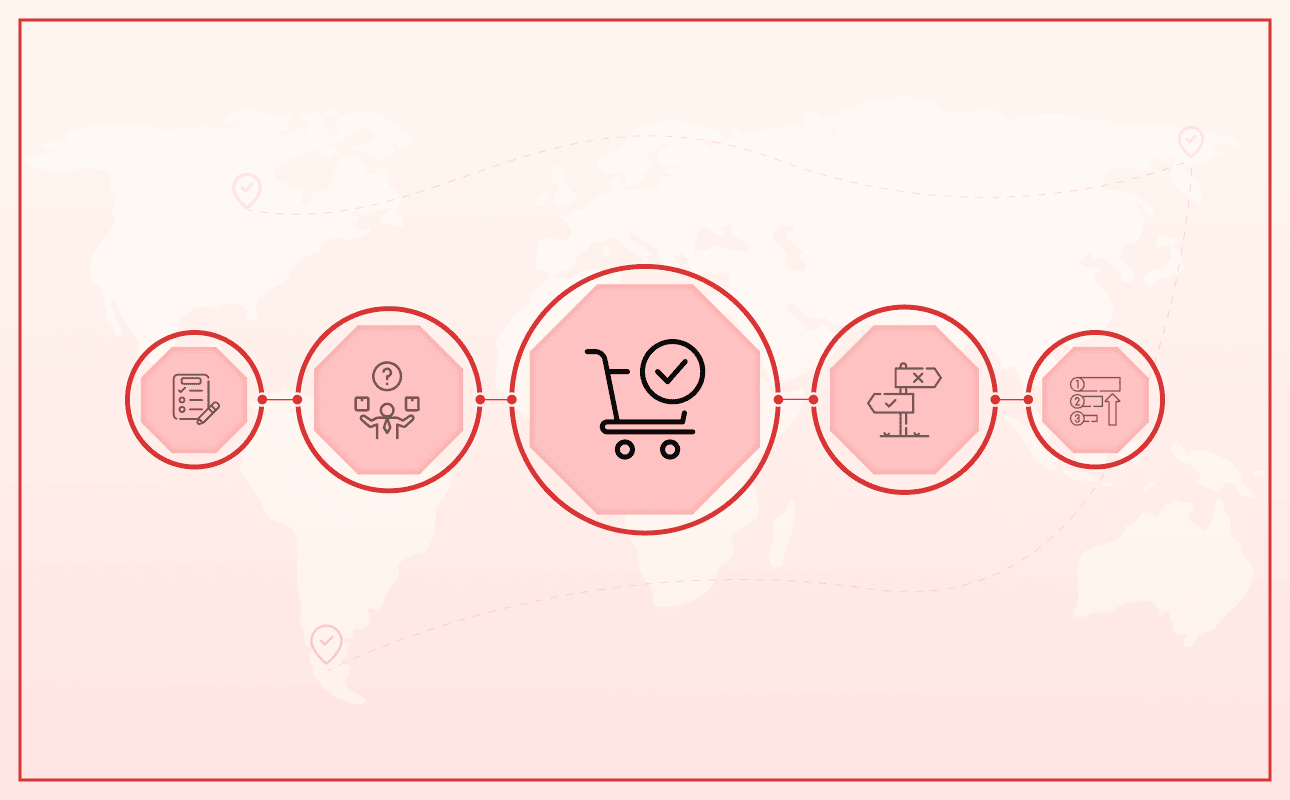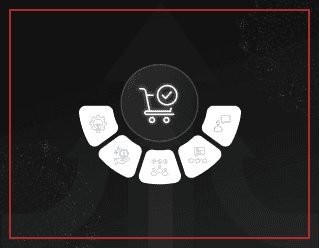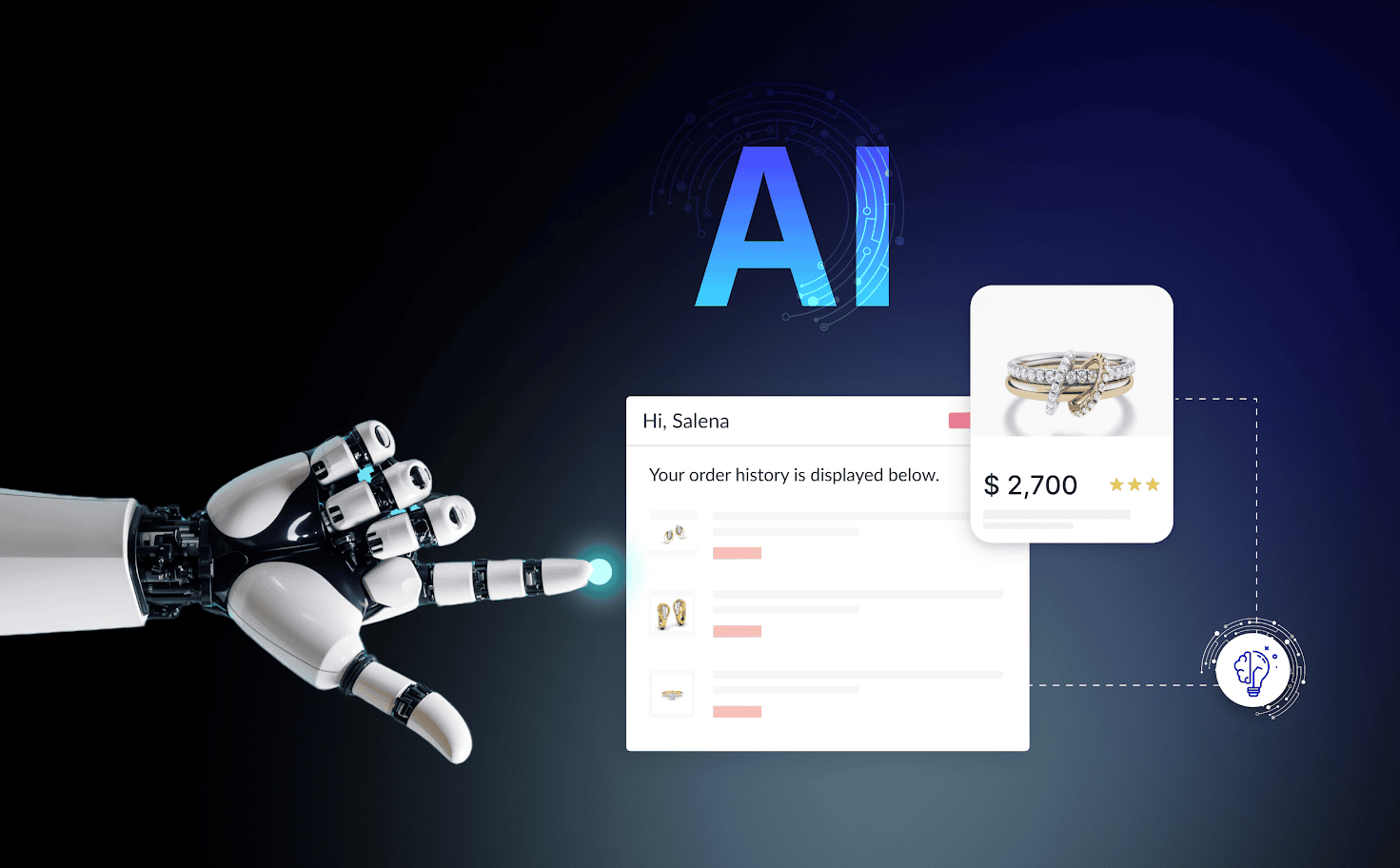Every new business starts with an idea. However, ideas alone do not ensure success in entrepreneurship. Whether a startup succeeds or fails depends on execution, timing, and resource allocation. As a leading product engineering and digital transformation company for decades, we have seen many startups succeed and fail. This is why we have always wanted to be their technology and growth partners.
Tech giants such as Facebook, Airbnb, Dropbox, and Uber began as MVPs and gradually evolved into multi-billion-dollar companies. Their initial products were far from perfect, but they served a purpose, gathered valuable insights, and iterated based on real user needs.
For all entrepreneurs who own a startup, this blog explains why MVP development services are crucial and hold the key to your success. Evidently, 90% of the startups fail due to various reasons. We suggest reconsidering the investments you are making!
What if we tell you that hiring an MVP software development company can stop you from burning cash? Does it sound interesting to you? We’re glad to tell you that it is true. Read the blog to learn more about MVP and its role in building a strategy that will lead your startup to excel.





